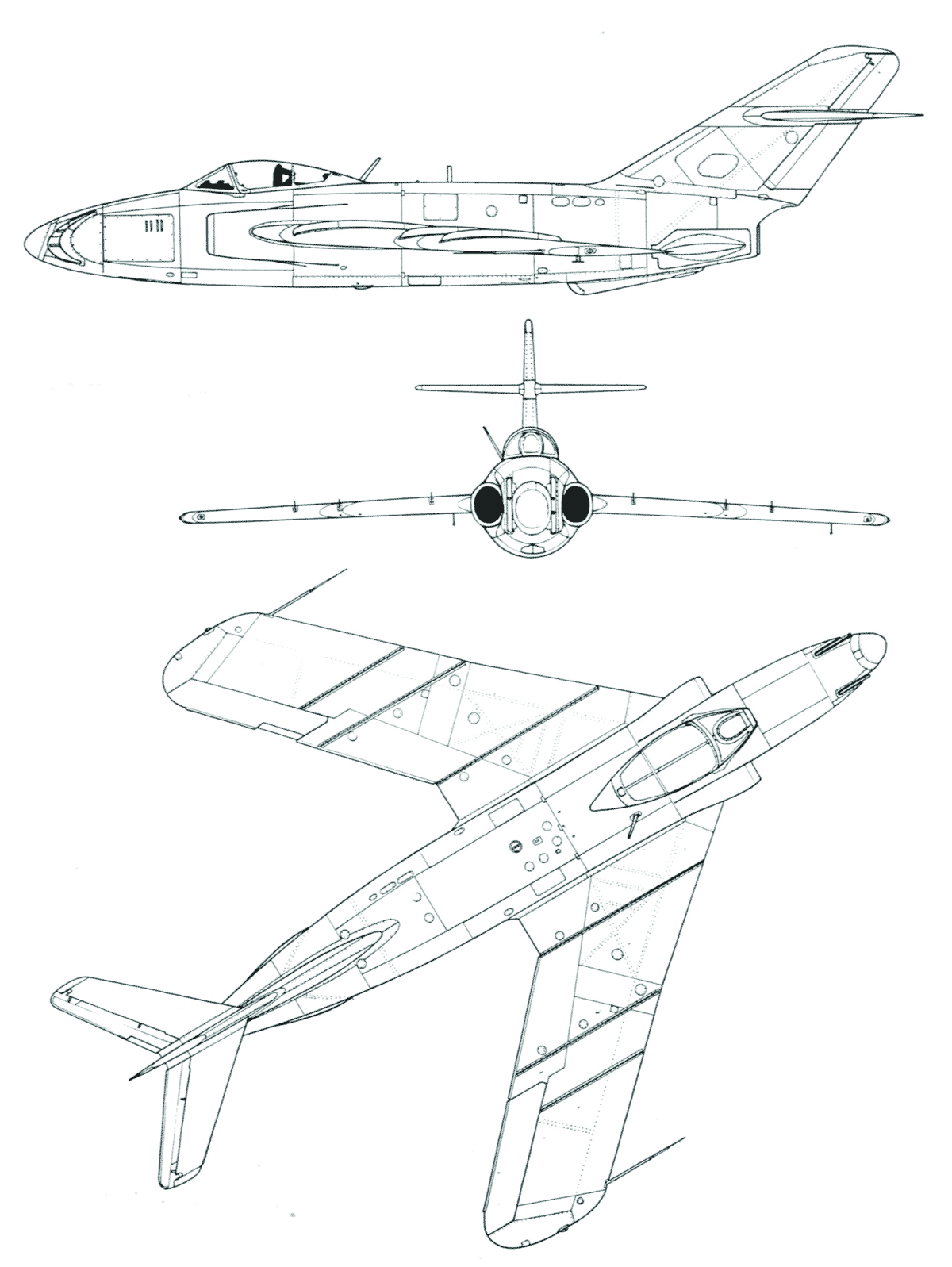Fast, nimble and deadly in a dog-fight, the MiG-17 was extremely formidable.
The MiG-17F was the first afterburner-equipped fighter to enter service with the Soviet Union. Production for the MiG-17F started in 1953 and was designed to overcome the earlier, MiG-15-variation’s inability to safely exceed Mach 0.92. By the late 1950s, production numbers in the Soviet Union for the MiG-17s totaled approximately 6,000 before the aircraft line was terminated and licensed to Czechoslovakia and Poland, and subsequently designated as the LiM-5. MiG-17F aircraft were part of over 20 different air forces in China, Afghanistan, Cuba, Egypt, Sudan, Syria, Uganda and Vietnam.

Serial Number: 1C0406
Manufacturer: Mikoyan-and-Guryevich Design Bureau
Crew: One
Engines: One Klimov VK-1F turbojet; 7,452 pounds thrust with afterburner
Wingspan: 31 feet 7 inches
Length: 36 feet 5 inches
Height: 12 feet 6 inches
Weight: 13,380 pounds (maximum)
Speed: 535 mph (cruising); 711 mph (maximum)
Range: 510 miles; 1,160 miles with external fuel tanks
Service Ceiling: 57,000 feet
Armament: One N-37 37mm cannon (starboard) and two NS-23 23mm cannons (port); rocket pods and 1,100 pounds bombs on underwing pylons
The aircraft on display was license-built in Poland as an LiM-5 aircraft. This MiG-17F served the Polish Air Force for several years and then was purchased by Classics in Aviation, Inc. of Reno, Nevada, from the Polish government. Later, after spending time in storage at Davis-Monthan Air Force Base, Arizona, Hill Aerospace Museum acquired the aircraft for display in 2002.
Fast, nimble and deadly in a dog-fight, the MiG-17 was extremely formidable.
The MiG-17 was faster, more maneuverable and an overall upgrade on the 15.
The 17 was the primary aircraft of the North Vietnamese air forces.
The People’s Republic of Vietnam reported some 131 aircraft lost in air-to-air combat.